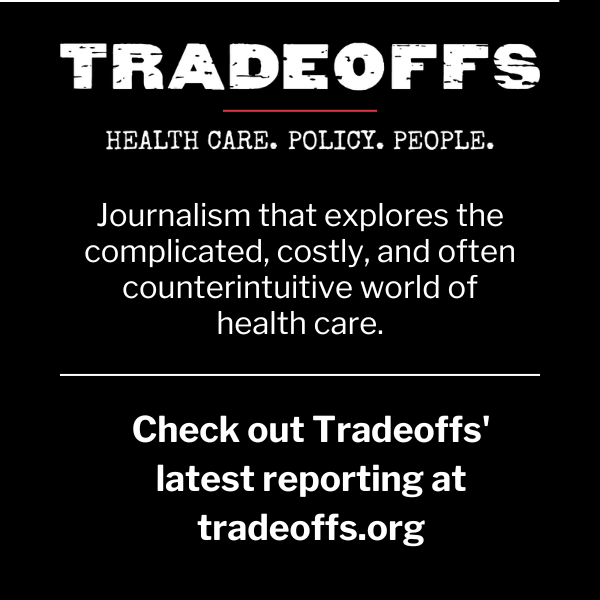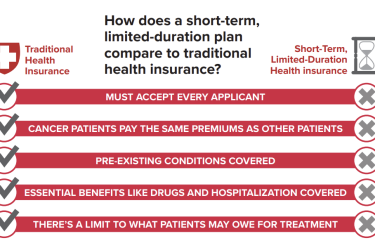Prices for brand-name and generic drugs were nearly three times higher in the U.S. than in 33 other countries in 2022, according to a recent federal report. Researchers from the RAND Corporation conducted the analysis with funding from the federal Department of Health and Human Services.
The report comes just as HHS and the federal Centers for Medicare and Medicaid Services (CMS) begin negotiating with prescription drug makers over the prices for the first 10 prescription drugs selected in the Medicare Drug Price Negotiation Program. Under the Inflation Reduction Act of 2022, CMS can negotiate prescription drug prices with drug companies. Other federal agencies also negotiate with drug makers, including the U.S. Department of Veterans Affairs, as U.S. Pharmacist reported on Sept. 6, 2023.
After analyzing data for all prescription drugs available in the United States and comparing those data with that from comparison countries, the researchers found that the makers of prescription drugs set gross prices in the United States in 2022 at 278% of prices for the same drugs in the comparison countries. In other words, prices in the other countries were 36% lower than those in the United States, the researchers added.
For brand-name drugs, U.S. prices were 4.22 times higher than the prices of the same drugs in the comparison countries, HHS said, and they were at least 3.22 times higher after the researchers adjusted for the estimated rebates that drug makers pay to health insurers, pharmacy benefit managers, employers, consumers and others. Data on what drug companies pay in rebates to buyers in other countries are generally unavailable, according to HHS.
In the United States, 90% of prescription drug spending goes for unbranded generic medications while in the comparison countries, 41% of spending on prescription medications goes to unbranded generics, the researchers wrote.
The findings from the RAND report are consistent with results from earlier RAND research that used data from 2018. Overall, the gap between the prices in the United States and those in other countries widened slightly since the earlier analysis because of faster growth in U.S. prices and other factors, the researchers added.









